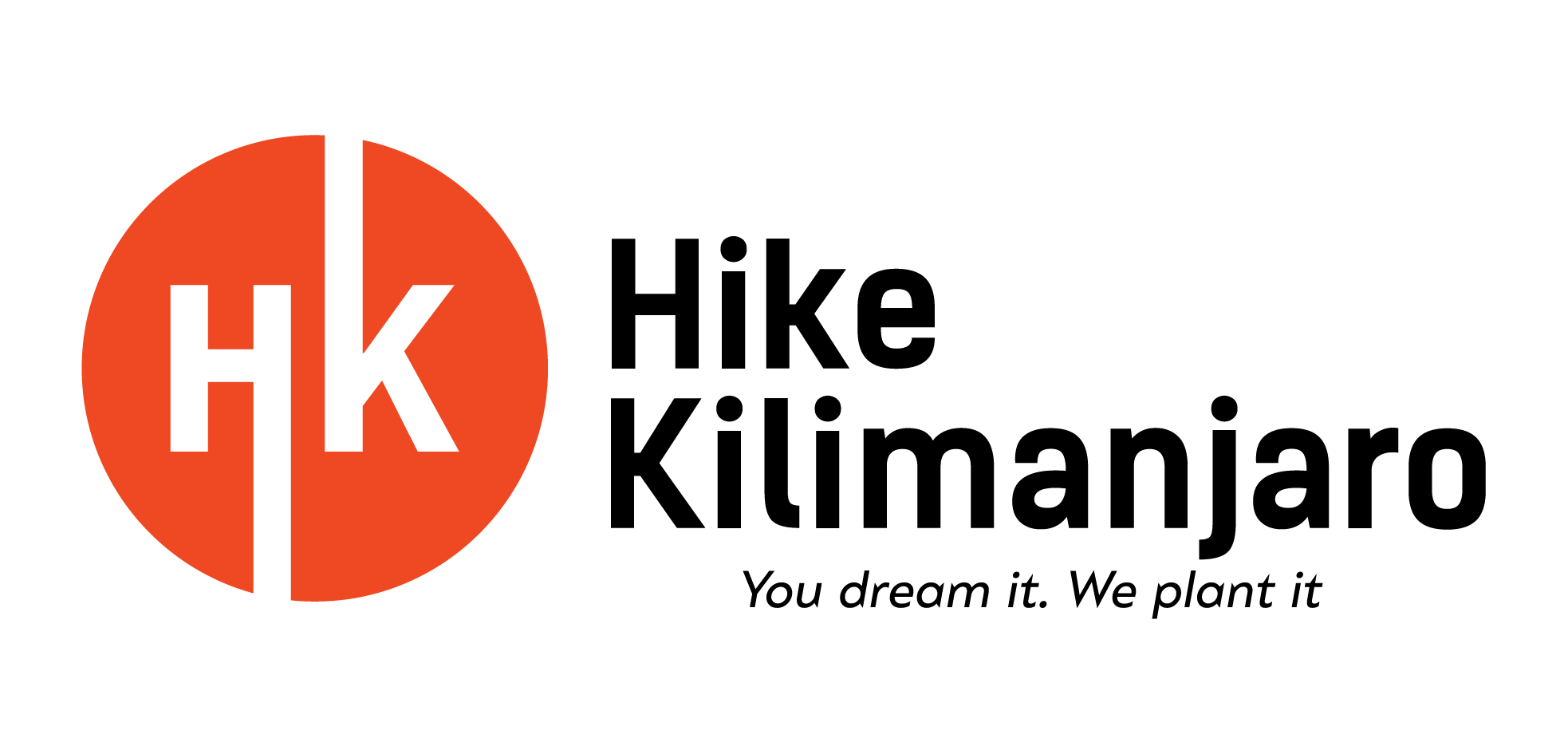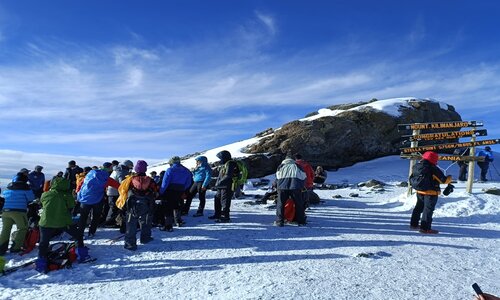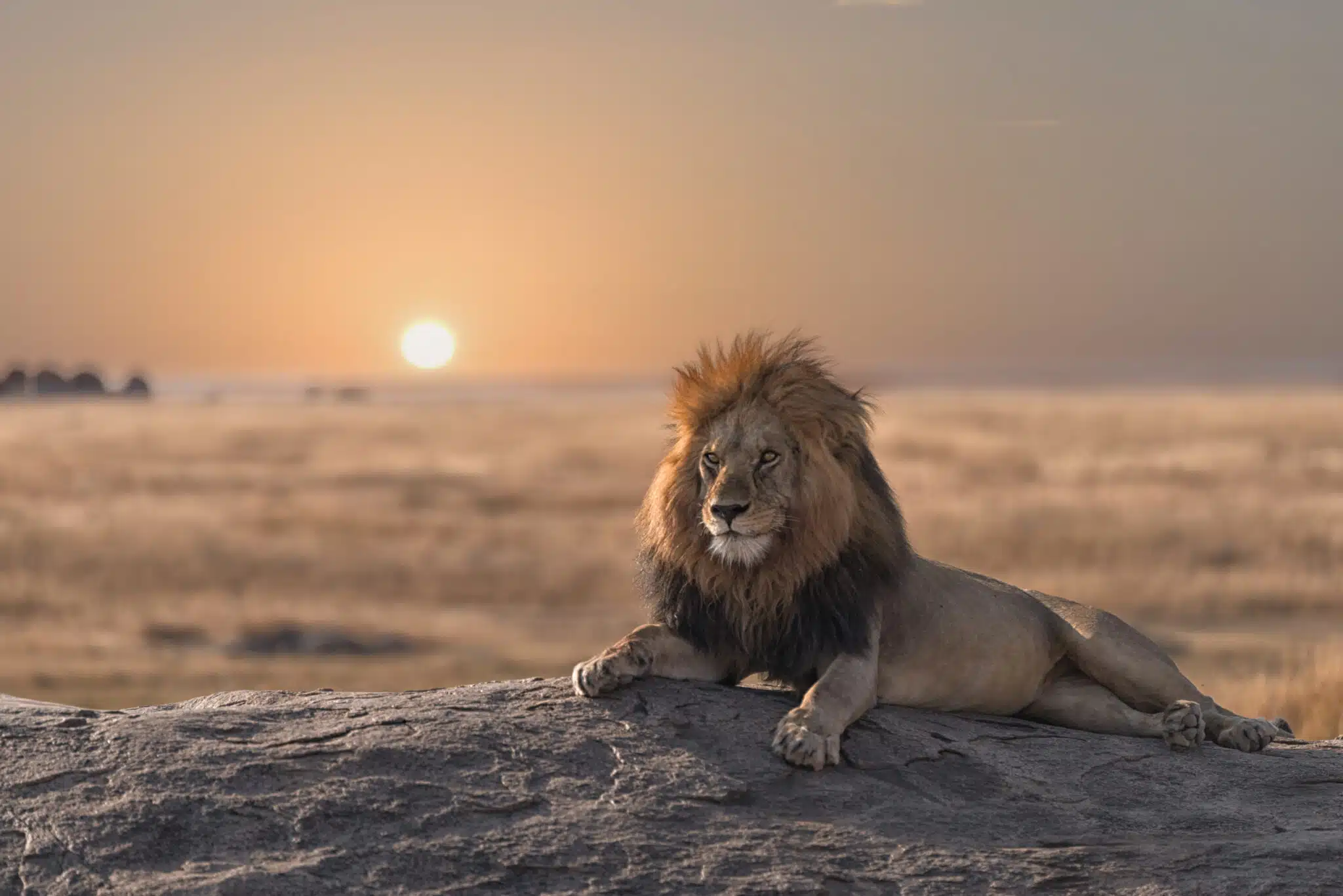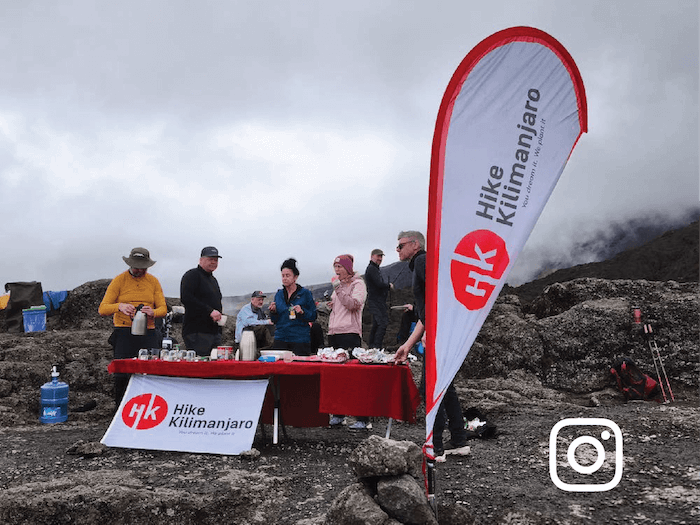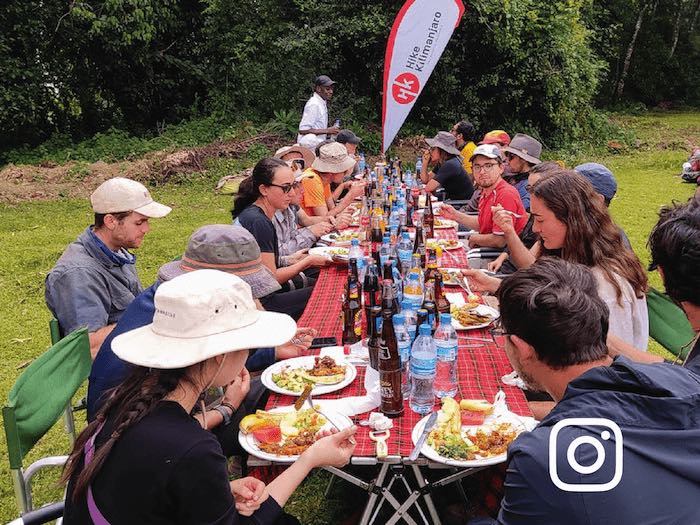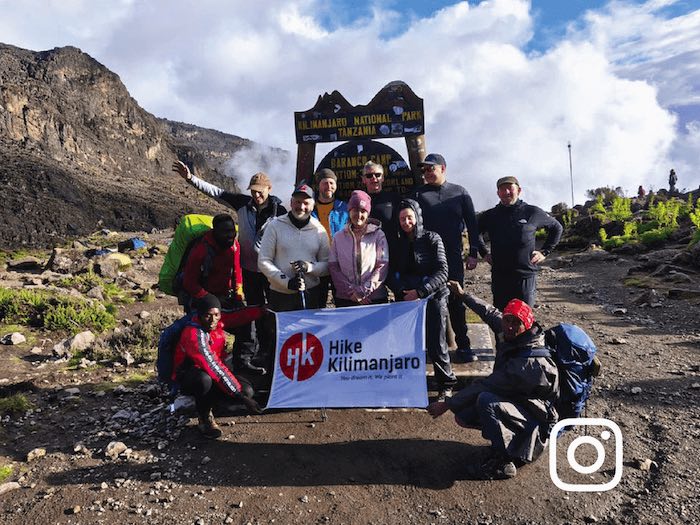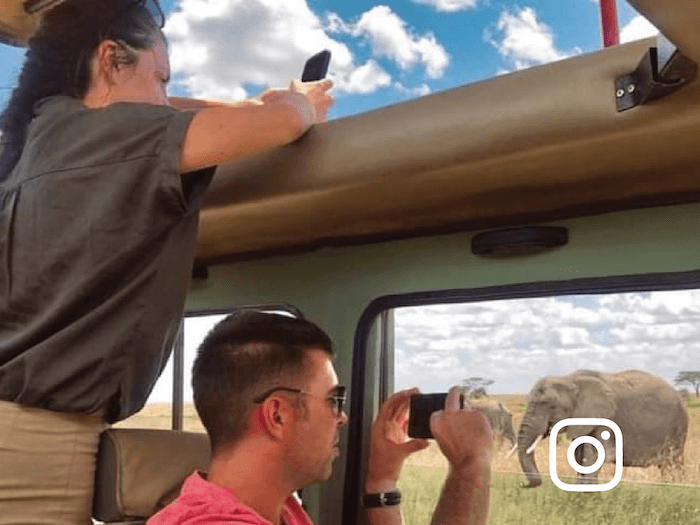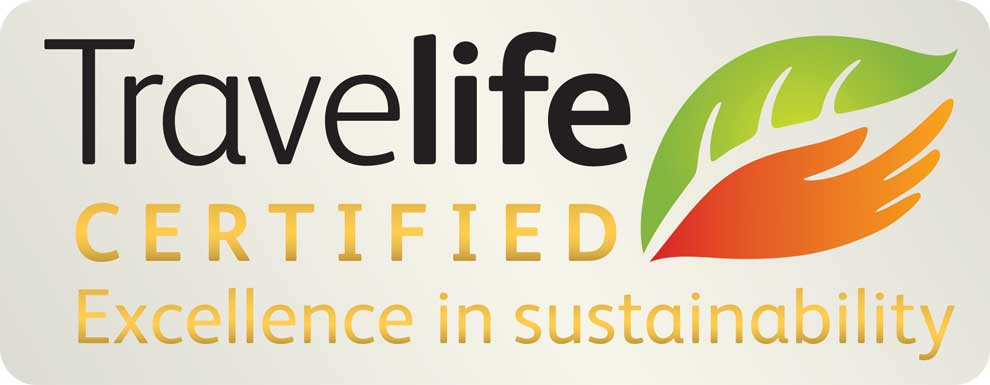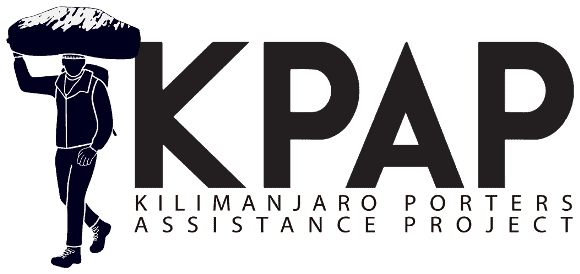Mount Kilimanjaro
Rongai Route
Rongai Route Kilimanjaro
The Rongai Route is the only Kilimanjaro trail starting from the northern side, near the Kenyan border, offering a unique and unspoiled wilderness experience. Renowned for its low crowds, gentle ascent, and dry conditions, the Rongai Route is a top choice for those seeking a quiet, scenic, and beginner-friendly way to reach Uhuru Peak (5,895m).
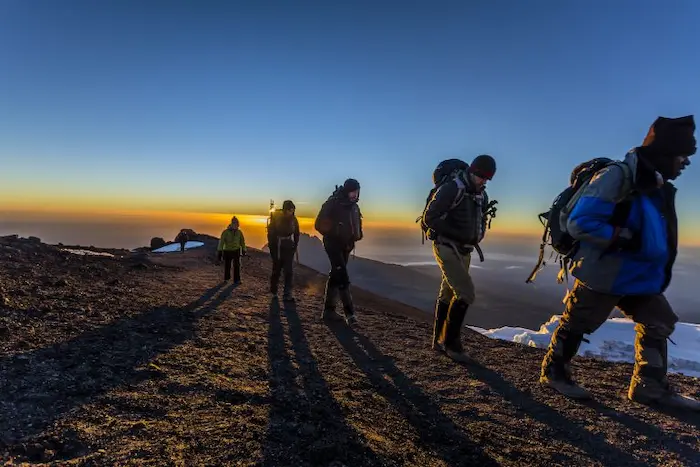
Unlike the more trafficked southern approaches, Rongai begins in a remote region of forested hills and gradually climbs through moorland, alpine desert, and finally the glaciated summit zone. Its gradual gradient and consistent elevation gain make it one of the easiest routes in terms of acclimatization and hiking effort, especially when done over 7 days.
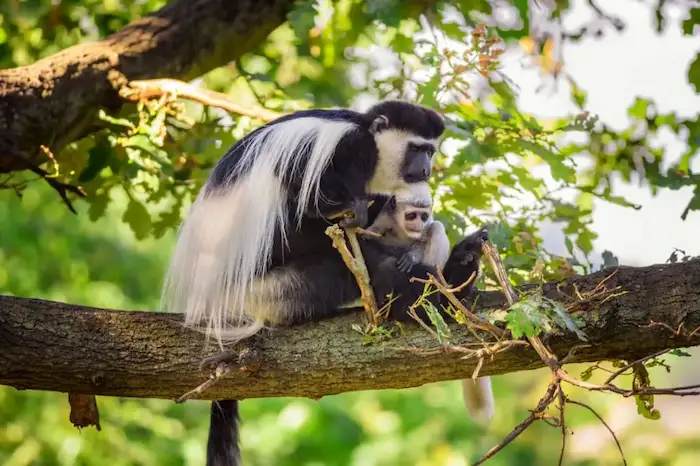
Despite its relative ease, the route is far from boring. Wildlife sightings are more common here, particularly colobus monkeys, antelope, and even elephants in the lower forests. The summit approach via Kibo Hut and Gilman’s Point is dramatic and rewarding, offering sweeping views over both Tanzania and Kenya.
Rongai Route Map
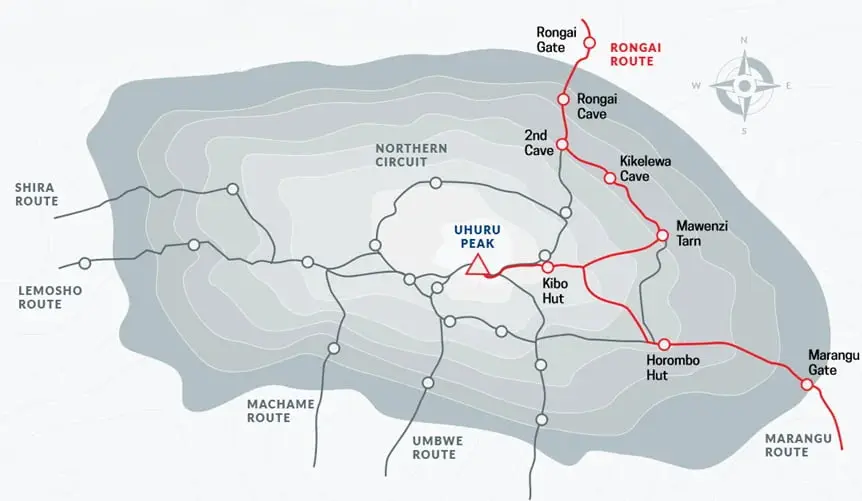
At Hike Kilimanjaro, our 6-day Rongai Route itinerary (plus 2 hotel nights in Arusha) ensures a successful climb with ample time for acclimatization and a smoother summit night. The descent is via the Marangu Route, creating a cross-mountain experience that lets you see both the arid northern and lush southern landscapes.
Rongai Route Itinerary
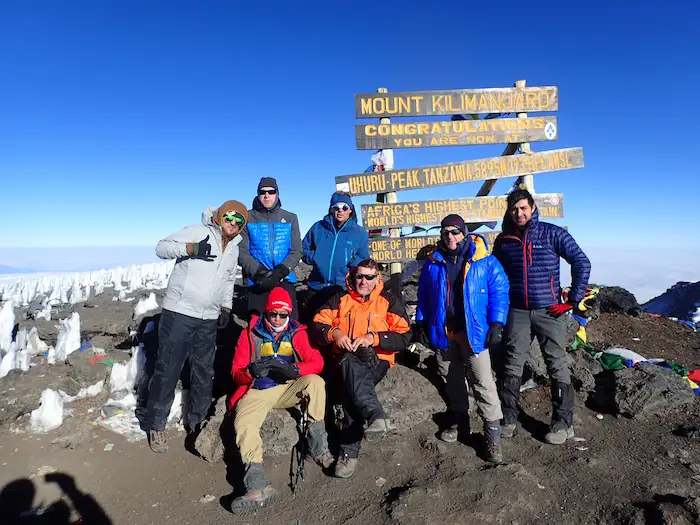
Mt. Kilimanjaro Rongai Route Trek - 8 Days
17 reviews
6 Days | 5 Nights On The Mountain , 2 Nights Hotel In Arusha or Moshi.
From
US$ 1,995 pp
Rongai Route Frequently asked questions
Why choose the Rongai Route to climb Mount Kilimanjaro?
The Rongai Route is the quietest and driest Kilimanjaro trail, perfect for trekkers who want to avoid crowds while enjoying consistent weather conditions. With a gentle ascent profile and excellent success rates, it’s often considered the best route for beginners, families, and those concerned about altitude acclimatization.
How long is the Rongai Route trek?
The standard trek is 7 days on the mountain, covering approximately 73 kilometers (45 miles). At Hike Kilimanjaro, we recommend the 7-day version (not 6-day), as it includes a critical acclimatization day at Mawenzi Tarn, greatly improving your summit chances and comfort.
Is the Rongai Route good for acclimatization?
Yes, especially the 7-day version. It allows a gradual gain in altitude, with a key acclimatization day at Mawenzi Tarn (4,300m). This improves oxygen adaptation before the high-altitude push to the summit from Kibo Hut, reducing the risk of altitude sickness significantly.
Is the Rongai Route difficult?
It is considered one of the easiest non-technical Kilimanjaro routes. The daily hikes are less steep compared to Machame or Umbwe, and the terrain is less rugged. While the summit night is always tough due to altitude and cold, the rest of the route is more forgiving and suitable for first-time trekkers.
What is the summit success rate on the Rongai Route?
When done over 7 days, the Rongai Route has a summit success rate of around 85–90%. With our expert guides and slow pace strategy at Hike Kilimanjaro, clients consistently achieve a very high success rate, often exceeding that of the shorter and steeper routes.
What is the scenery like on the Rongai Route?
Expect a diverse and less-trodden landscape:
- Remote wilderness in the northern forests
- Stunning views of Kenya’s Amboseli plains
- The jagged Mawenzi Peak, Kilimanjaro’s second-highest summit
- Dramatic alpine deserts and ice-capped crater rim views
This route also showcases the contrast between dry northern slopes and lush southern rainforests on descent.
Is the Rongai Route crowded?
No, Rongai is the least crowded route on Kilimanjaro. Since fewer climbers start from the northern side, you can often hike in peace and solitude, especially on the early days. It’s ideal for photographers, nature lovers, and trekkers who dislike crowds.
What makes the Rongai Route different from the Marangu Route?
While both routes use the Marangu Route for descent, Rongai is less crowded, more scenic, and includes camping (unlike the hut-based Marangu). Rongai is also less steep and drier, with better summit success rates when done over 7 days.
What is included in Hike Kilimanjaro’s Rongai Route package?
Our 9-day package includes:
- 2 hotel nights in Arusha (before and after the trek)
- 7 days of guided trekking on the Rongai-Mawenzi-Kibo-Marangu trail
- Professional guides, porters, and chef
- All park and rescue fees
- Quality tents, sleeping mattresses, tables, and chairs
- All meals and purified drinking water on the mountain
- Airport pickup and drop-off
- Safety gear: oxygen cylinder, pulse oximeter, and first-aid kits
When is the best time to hike the Rongai Route?
The Rongai Route is excellent year-round, but best from January to early March and June through October. It’s especially popular during the short rainy seasons (April-May or November), as the northern side stays much drier than other routes.
Why choose Hike Kilimanjaro for your Rongai Route trek?
We combine elite guiding standards, ethical porter treatment, and tailor-made acclimatization strategies to ensure a safe, successful summit. With high-quality gear, local impact programs, and stellar reviews, Hike Kilimanjaro is your trusted partner for a world-class trekking experience.
These full and frank reviews are from travelers who have traveled with Hike Kilimanjaro previously. The reviews and experiences shown here are from reputable travel websites like TripAdvisor, Google, Facebook, and Trust Pilot, etc.
EXCELLENTVerified "This 3-day luxury safari combined with a Kilimanjaro hike exceeded all my expectations. "This 3-day luxury safari combined with a Kilimanjaro hike exceeded all my expectations. The accommodations were elegant and comfortable, and the guides were knowledgeable and friendly. The safari offered incredible wildlife photography opportunities, and climbing Kilimanjaro was a true test of endurance and strength, but the stunning vistas made it all worthwhile. An exceptional journey that I will cherish forever."Posted onVerified "My entire expectations were surpassed by climbing Kilimanjaro. "My entire expectations were surpassed by climbing Kilimanjaro. When one reaches Uhuru Peak, the sensation of accomplishment is indescribable. Because of the well-planned logistics, the amiable crew, and the breathtaking environment, the entire hike was easy and fun. It is a very remarkable event that I would gladly repeat. For adventurers, it's a must.Posted onVerified Tanzania truly offers a world-class experience. "My trek up Mount Kilimanjaro in Tanzania exceeded all my expectations. The stunning scenery, from lush rainforests to icy glaciers, was awe-inspiring. The local guides and porters were incredibly supportive and professional, ensuring a safe and enjoyable climb. It was challenging but incredibly rewarding. Tanzania truly offers a world-class experience for anyone looking to conquer Africa’s highest peak."Posted onVerified I feel accomplished and thankful. Kilimanjaro climbing was satisfying and difficult at the same time. Along the way, there was breathtaking natural splendour and a variety of diverse habitats. The guiding team's assistance was outstanding and got us through some really difficult times. After completing this amazing journey, I feel accomplished and thankful.Posted onVerified Thanks to their knowledgeable advice. From beginning to end, Hike Kilimanjaro offered a smooth and well-planned trip. Their staff made sure we were at ease and ready by being helpful and considerate. Thanks to their knowledgeable advice, climbing Kilimanjaro was difficult but incredibly gratifying. They are the ones I would most certainly pick again for excursions in the future.Posted onVerified "An amazing and well-planned adventure. "An amazing and well-planned adventure! The climb was fun and safe because of the team's experience and upbeat demeanour. I was encouraged by the journey and pleased to have reached the top of Africa.Posted onVerified Highly recommended this tour agency. Wonderful experience! We had a fantastic trip and enjoyed the entire team; we always felt very protected and taken care of. Highly recommended. I want to thank Keddy in particular; you were the best mentors .Posted onVerified "My Kilimanjaro trek was an extraordinary experience. "My Kilimanjaro trek was an extraordinary experience. The route was well-organized, and the staff was attentive and encouraging throughout the climb. The sense of accomplishment upon standing on the summit was overwhelming. The scenery, the challenge, and the sense of connection with nature made this hike truly special. I highly recommend it to anyone looking for a once-in-a-lifetime adventure."Posted onVerified Well Organized and Unforgettable. Hiking Kilimanjaro with a well-run tour company was an incredible experience. The crew was courteous and made sure we were fed, acclimated, and inspired at every stage. The support from porters and guides, as well as the companionship among hikers, helped to make the difficult days bearable. It was weird to be at the top above the clouds. Undoubtedly a life-long accomplishment I will always treasure.Posted onVerified Top notch safari The customer service is on point. Drivers were there to pick us up on time. We saw all the big 5 in Serengeti /Ngorongoro Crater.The accommodation booked Embalakai had great food and staff.Couldn't have asked for a better safari experience. Top notch
Speak to an Expert
Need assistance with your booking? Our friendly Tanzania-based expert team is here to help. Feel free to reach out with any travel-related questions or concerns.

Maxon

- WhatsApp +255 692 406 444
